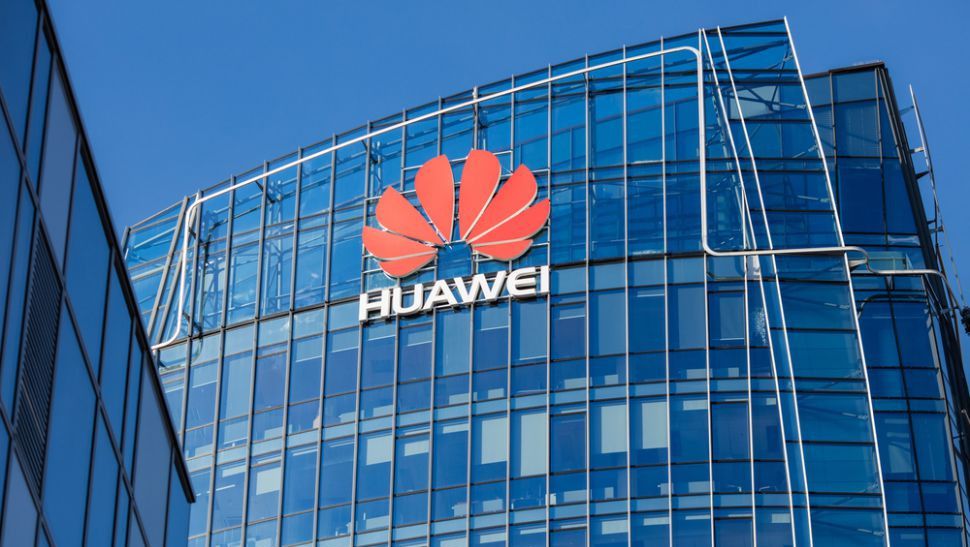The US is considering sanctioning a number of countries linked to Huawei semiconductor manufacturing, after the Shenzhen based tech giant made a significant breakthrough, Bloomberg said, citing people familiar with the matter.
The US has been investing billions of dollars to secure domestic production of semiconductors, over concern of potential espionage and sabotage conducted by China on companies based in Taiwan, which is home to over 60% of the world’s semiconductor production.
This latest move by the US government appears to be a step up in efforts to restrict China’s capacity to manufacture and export domestically produced chips, with Beijing succeeding in producing highly complex chips despite existing sanctions.
Export loopholes are actively exploited
Those familiar with the matter told Bloomberg that the Semiconductor Industry Association (SIA) previously identified a number of Chinese chip manufacturing sites that are being acquired, or built, by Huawei could be affected.
The US has its crosshairs on a number of Chinese companies. This includes Qingdao Si’En, Shenzhen Pensun Technology CO., and SwaySure, among other more significant manufacturers, like ChangXin Memory Technologies Inc., according to those cited by Bloomberg.
Semiconductors are an essential part of almost every electronic device, from civilian applications such as transportation and healthcare, up to highly technologically advanced military guidance and tracking systems.
Speaking on the announcement, Jeffries analyst, Edison Lee, said, “Adding more Chinese companies to the US Entity List is a highly likely event. It is easy to implement and justify, and it will further block certain key Chinese companies from being able to exploit current loopholes in export restrictions.”
Due to the essential nature and value of semiconductors in day to day life, the Biden Administration’s CHIPS act has set aside tens of billions of dollars to secure chip manufacturing sites within the US. Several billion dollars has already been invested into sites being constructed by Intel and the Taiwan Semiconductor Manufacturing Company.





